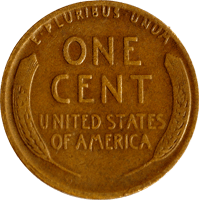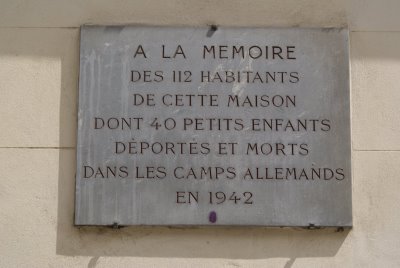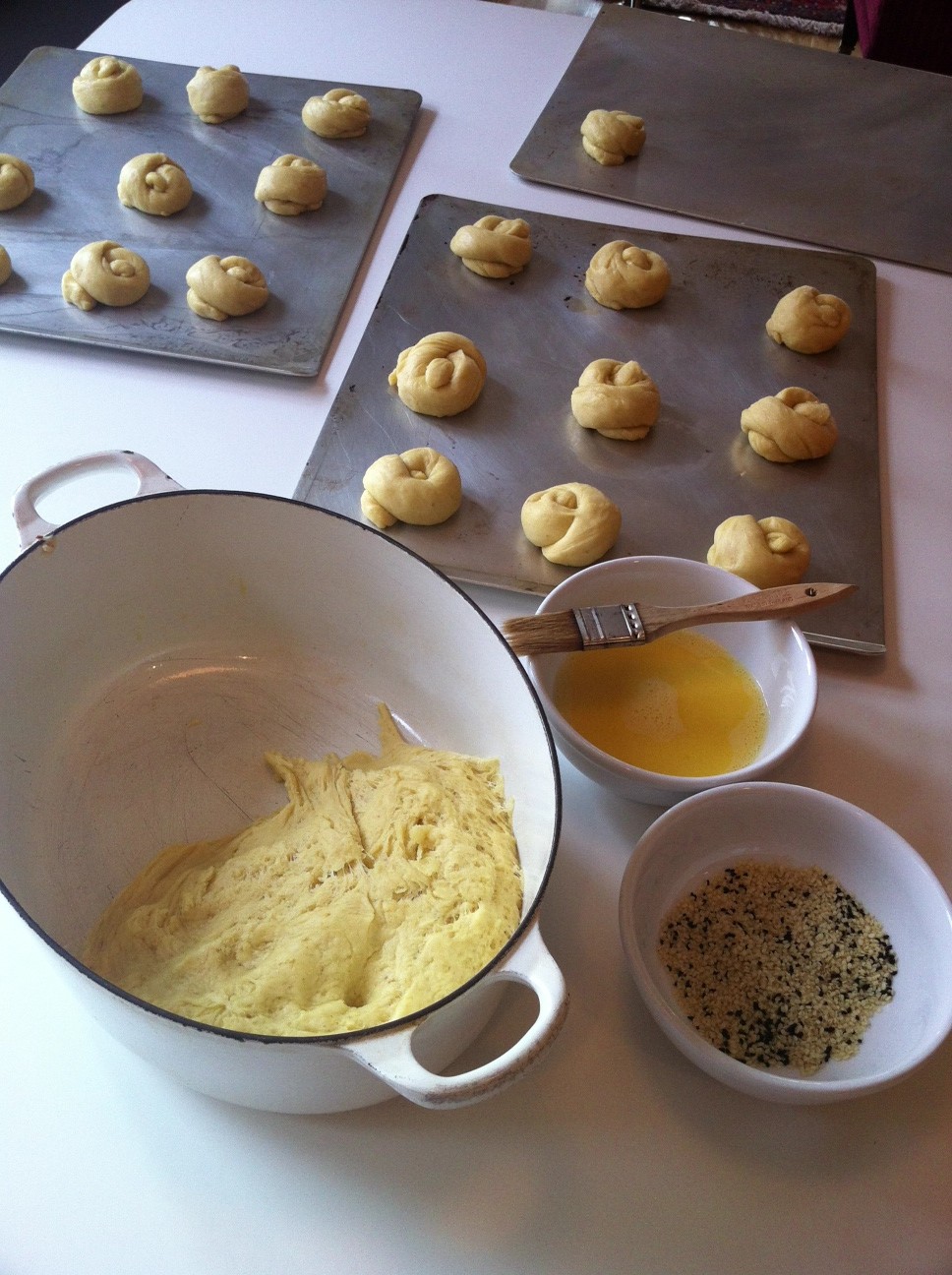Lucky Penny

“Find a penny, pick it up. All day long, you’ll have good luck.”
~ American proverb
A long time ago my mother told me a story about her brother, my Uncle Gene, who when I was growing up worked as a superintendent in a luxury building in Manhattan. The story went like this:
The night that Gene’s wife June was in the hospital in Concord, New Hampshire giving birth to their first child, my uncle wandered the streets and along the railroad tracks looking for bottles. At the time, each bottle could be turned in for a penny deposit. My uncle stayed up all night collecting bottles and by morning he turned them in, being given in return a lump sum of money. He went to a florist and bought a bouquet of roses that he brought to the hospital for his wife in celebration of their newborn son.
I always thought this a most romantic tale, imagining the devotion of my fierce and dark-haired uncle for his beautiful young wife. But the story also reminded me of the hardscrabble early life of my mother and her sixteen siblings, and impressed upon me the value of a penny.
For some reason this story also translated into a superstition about pennies that developed into a complicated set of behaviors. Walking over a penny lying on the sidewalk implied the wastefulness and arrogance of the wealthy, and it would bring down the ire of God, who hated above all pride and vanity. So if I saw a penny on the sidewalk, even a nasty penny in a dirty gutter, I had to pick it up. To me retrieving the penny was no guarantee of good luck, as promised in the American proverb, but it was the only way to stave off calamity. On the other hand, if I dropped a penny, I reasoned that I should leave it where it had fallen so someone else might pocket a bit of good fortune. I’m not sure why the penny was only a way to prevent misfortune for myself and for another person it was a potential boon, but that’s the way it was.
Funny that I should put that all in the past tense, as though I had outgrown a childish superstition, because to this day when I see a penny, on the floor of a taxi or in the middle of a busy street, I am compelled to pick it up. Both Uncle Gene and Aunt June have passed away, but that story stays with me the way a beloved old movie might—I can see Gene lugging a heavy sack of bottles through darkened streets, and I can imagine June’s face in the morning when he presents her with a dozen hard-won red roses.
Nancy Kricorian
June 15, 2013









